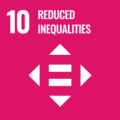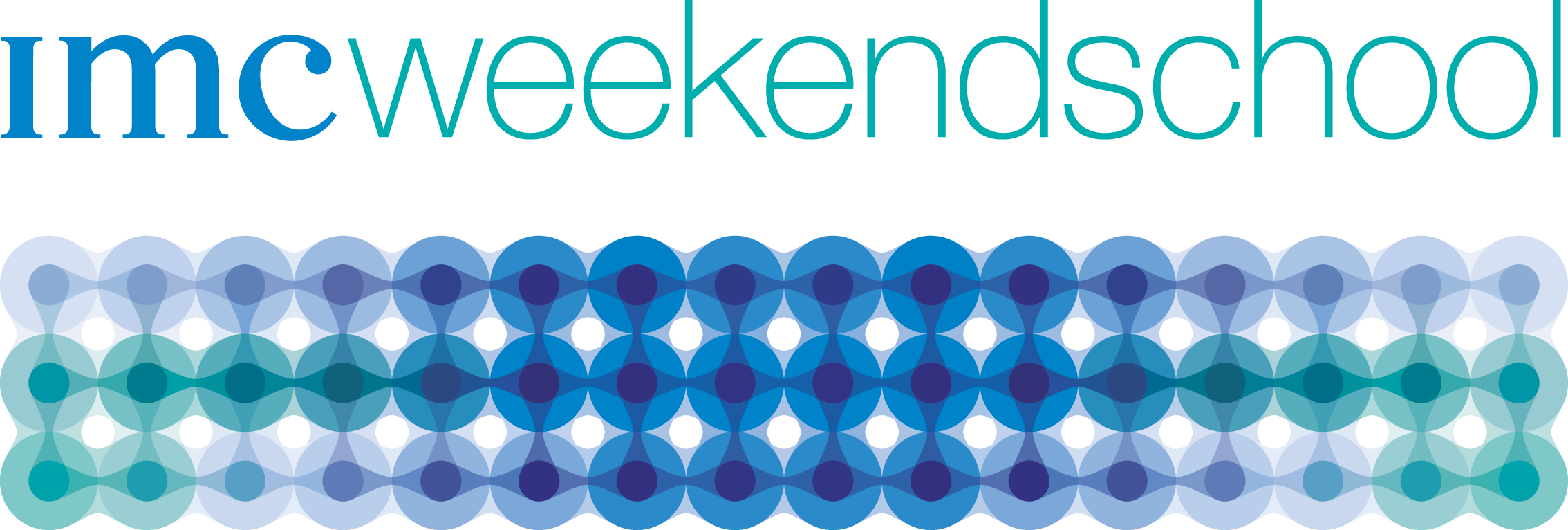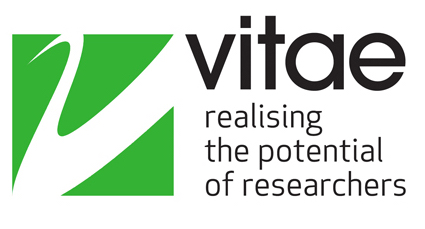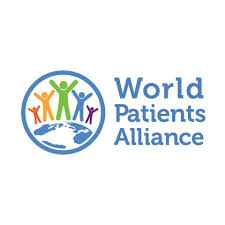What you don’t know about Research4Life
Research4Life champions reveal the formula for this thriving partnership and its far-reaching impact
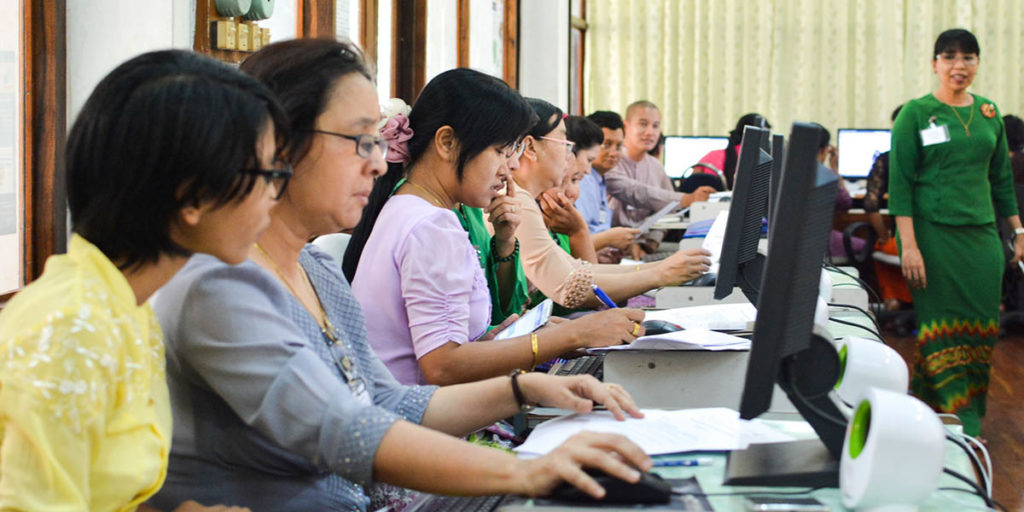
A workshop at the 2019 Research4Life General Partners Meeting at the central library of the University Of Yangon in Myanmar. (Photo © Research4Life)
Research4Life provides lower-income countries with free or low-cost access to academic and professional peer-reviewed content online. In this way, the organization has been enhanceing the scholarship, teaching and research of thousands of students, faculty and scientists in the developing world.
The public-private partnership was formed 18 years ago as a collaboration between the World Health Organization and six publishers, with Elsevier among its founders. Now, the partnership is as diverse and thriving as ever: more than 200 partners have joined, along with the Yale and Cornell university libraries and four UN agencies (FAO, WIPO, UNEP and ILO) – working together towards the common goal of providing access to research in 120 developing countries.
So what’s the recipe for such an ever-growing and wide-ranging partnership?
1. Take 200+ international publishers
Andrea Powell, the STM’s Outreach Director and Publisher Coordinator for Research4Life, focuses on bringing new partners onboard. And with the evolution of the industry, it is not only traditional publishers who have joined but technology partners that provide platforms and research management products.
 Andrea Powell
Andrea Powell“I think it’s very important that Research4Life reflects the needs of research scientists, not just in providing barrier-free access to content, but also to the tools and workflow products which help them do their job on a daily basis,” Andrea noted. “The inclusion of secondary databases, reference management products and other data products is critical, and I’ve been focusing on increasing the availability of some of these resources through Research4Life.”
Read the full article on Elsevier Connect , written by Domiziana Francescon.
